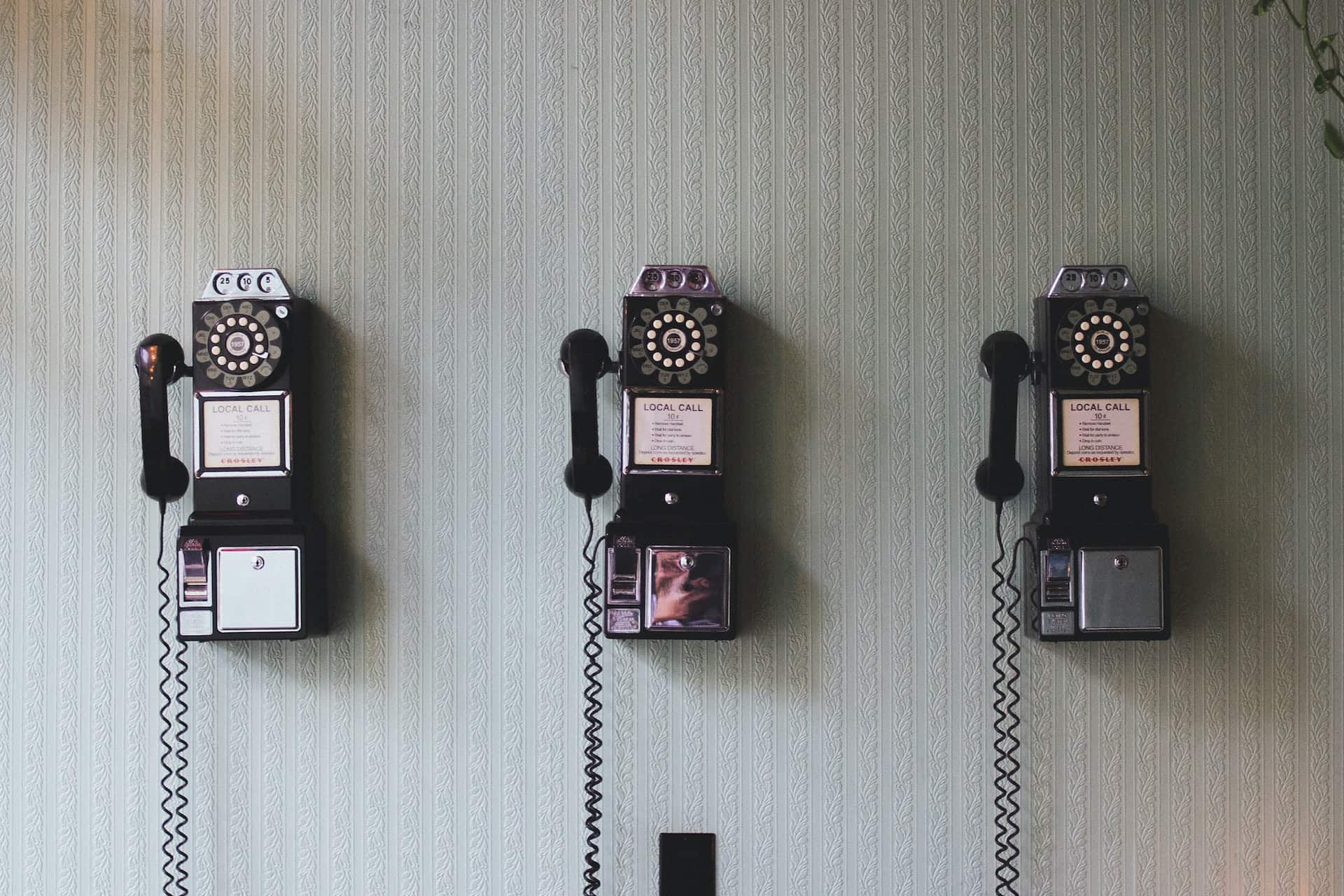Contact pages can be a really powerful element of your website, but they’re often treated as an afterthought.
On the surface, they probably don’t seem like much, and we’d assume they don’t need much thought. But that assumption couldn’t be more wrong. In fact, a well-designed contact page could actually convert a visitor into a customer.
People buy when they know, like, and trust you. You need a contact page as part of that process, and I’m going to tell you what should be on your contact page to let your customers know they’re in the right place.
Phone Number – It sounds obvious, but it should be visible if your business takes calls. Make sure the number is set up as “tap to call”, so that a mobile user can tap the phone number and call you instantly.
Address – Customers are becoming increasingly wary of businesses pretending to be local when they’re really on another continent. Showing your address presents a major trust factor to your audience. It’s also very helpful for people who are trying to visit you directly if you accept visitors to your premises.
Map – Maps are incredibly useful for a customer planning to visit your office or premises. Using a map such as one via Google Maps will allow your website visitors to easily plan their route to you. Not only is it an extra reassurance that you are where you say you are, but it is visually interesting on an otherwise very plain page.
Contact Form – A contact form is a fairly standard feature on a contact page. It allows your visitors to easily contact you and send you a query or request for more information. A visitor can also rest easy knowing their message is going to the right place.
Knowledge-Base or FAQ’s – Linking to your knowledge-base or FAQs will help your visitors self-serve and answer their questions. This can cut down on support or customer service costs, as well as provide faster help to a potential customer – particularly out of office hours.
Social Media – Including links to your social media accounts or pages is a great idea if your business is on social media. This allows visitors to have another method of getting in touch or learning more about your business. If you have direct messaging enabled for your accounts, your visitors may be able to get in touch faster than sending in an email.






